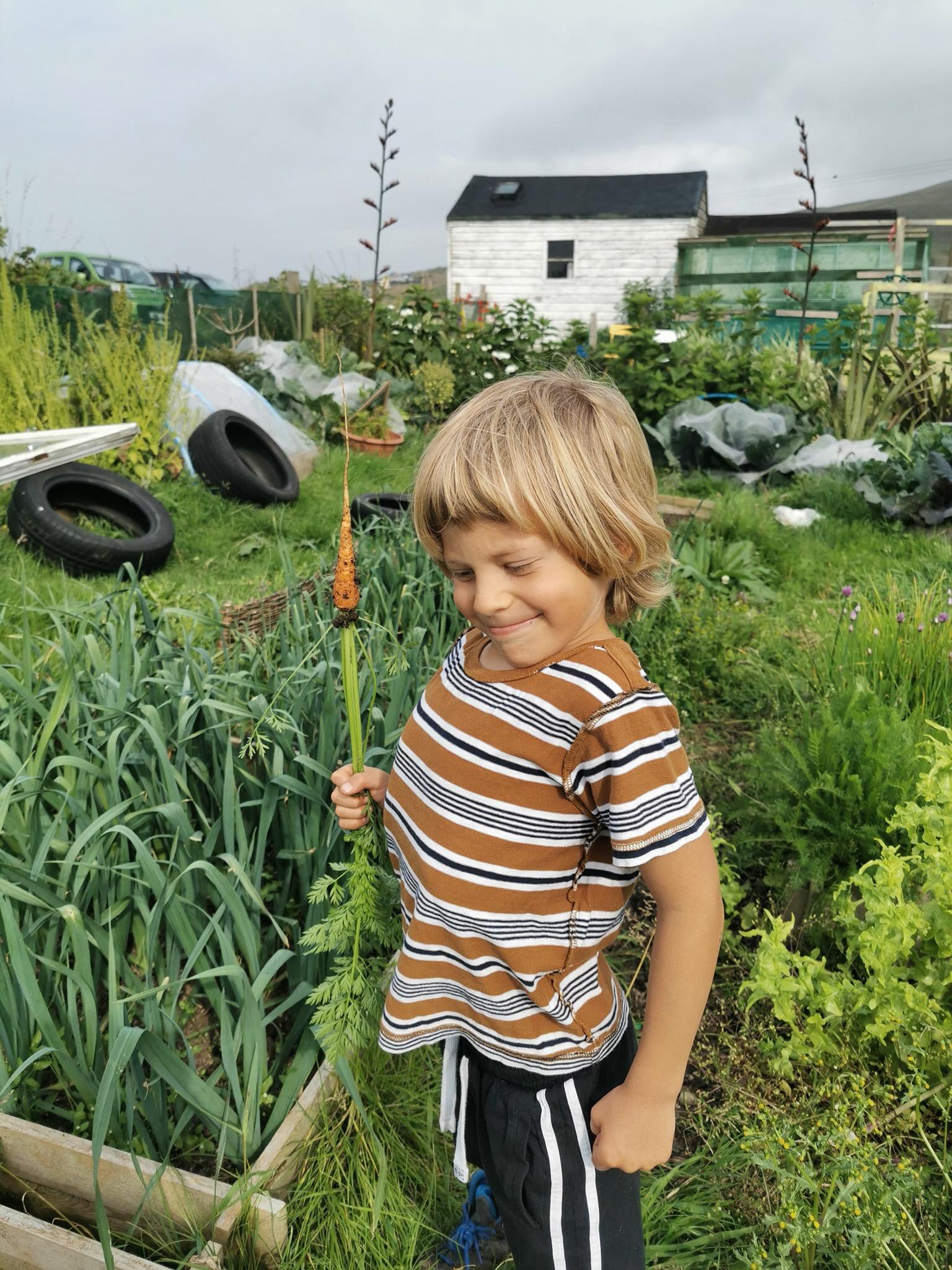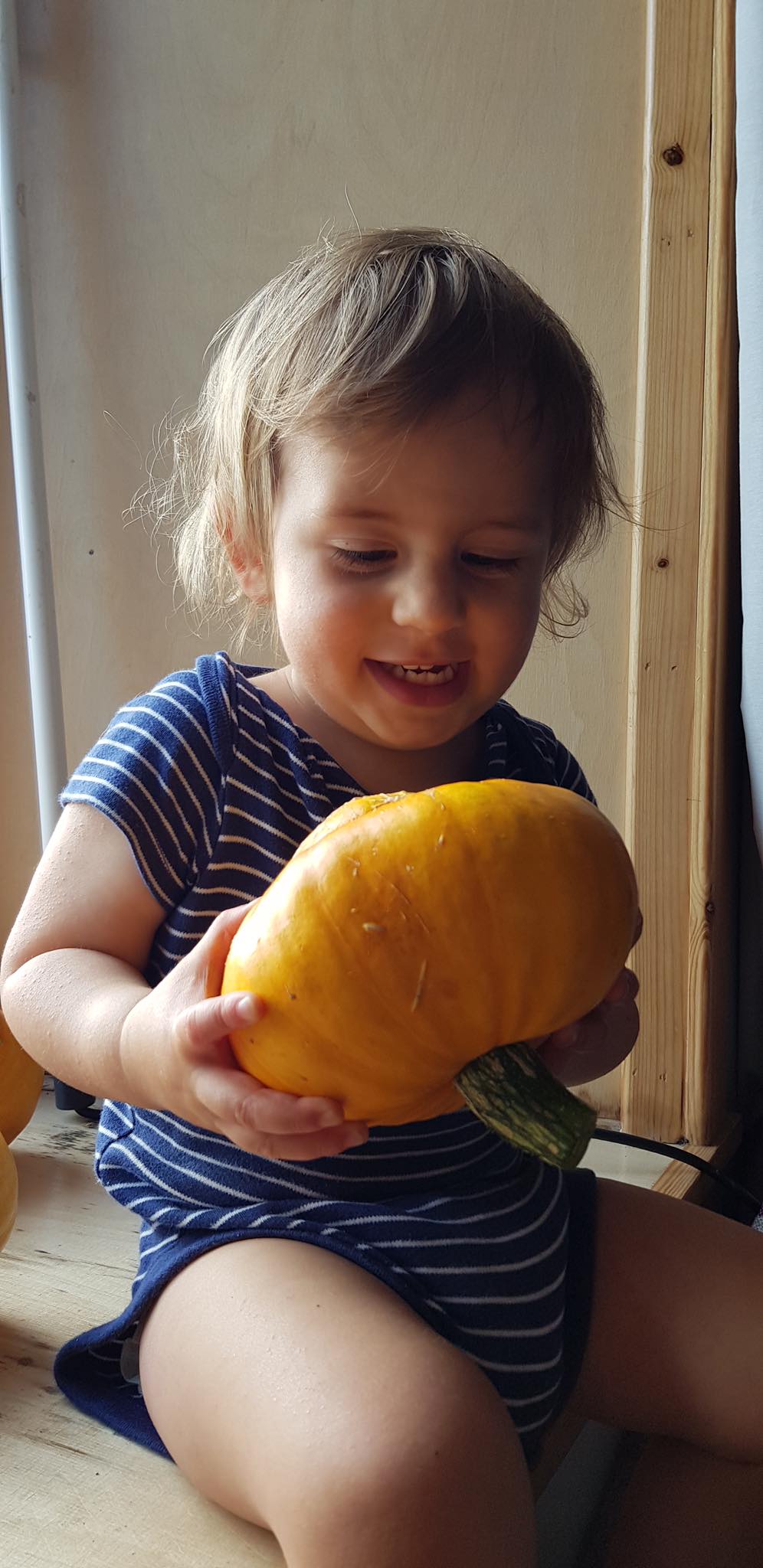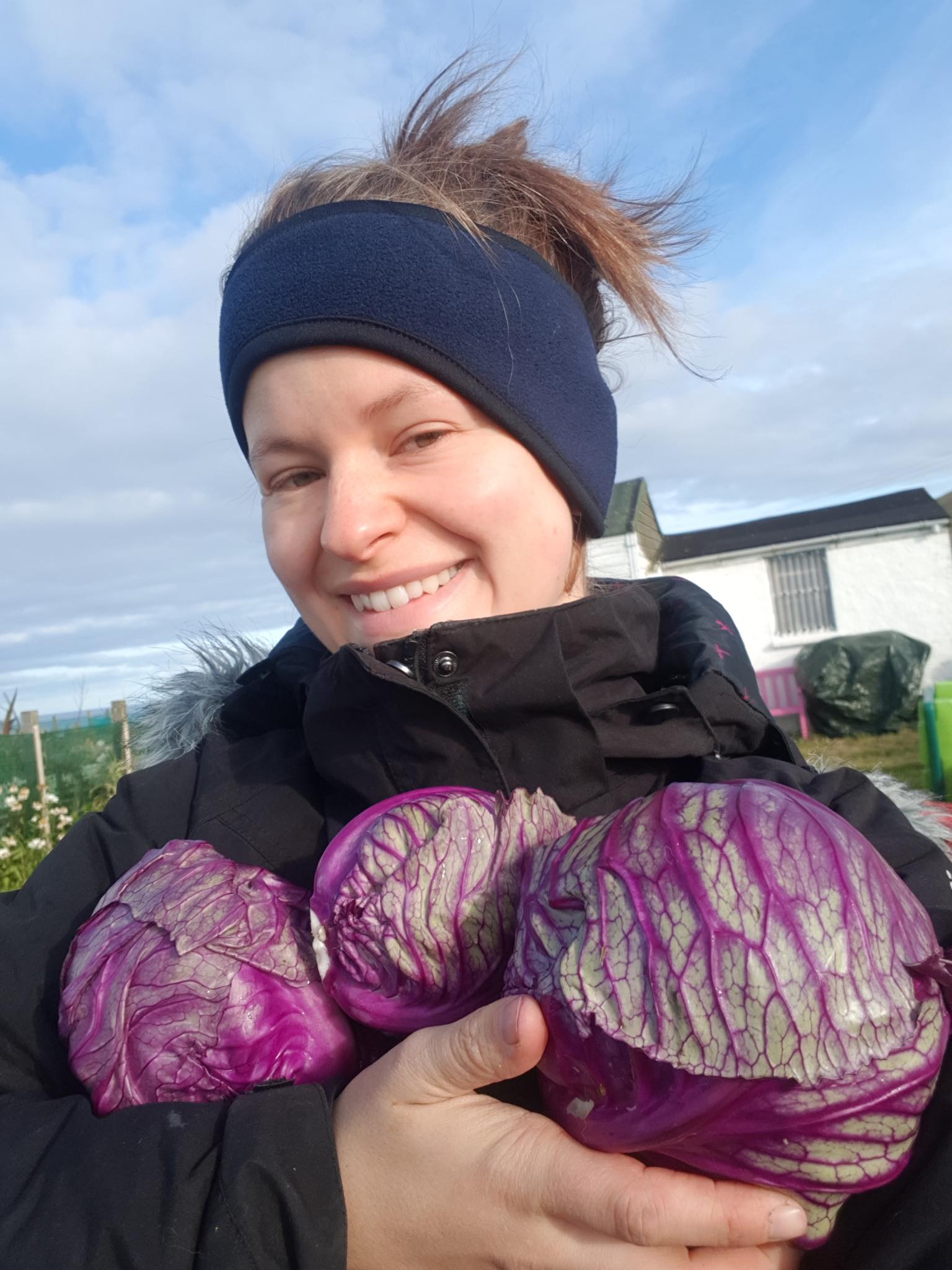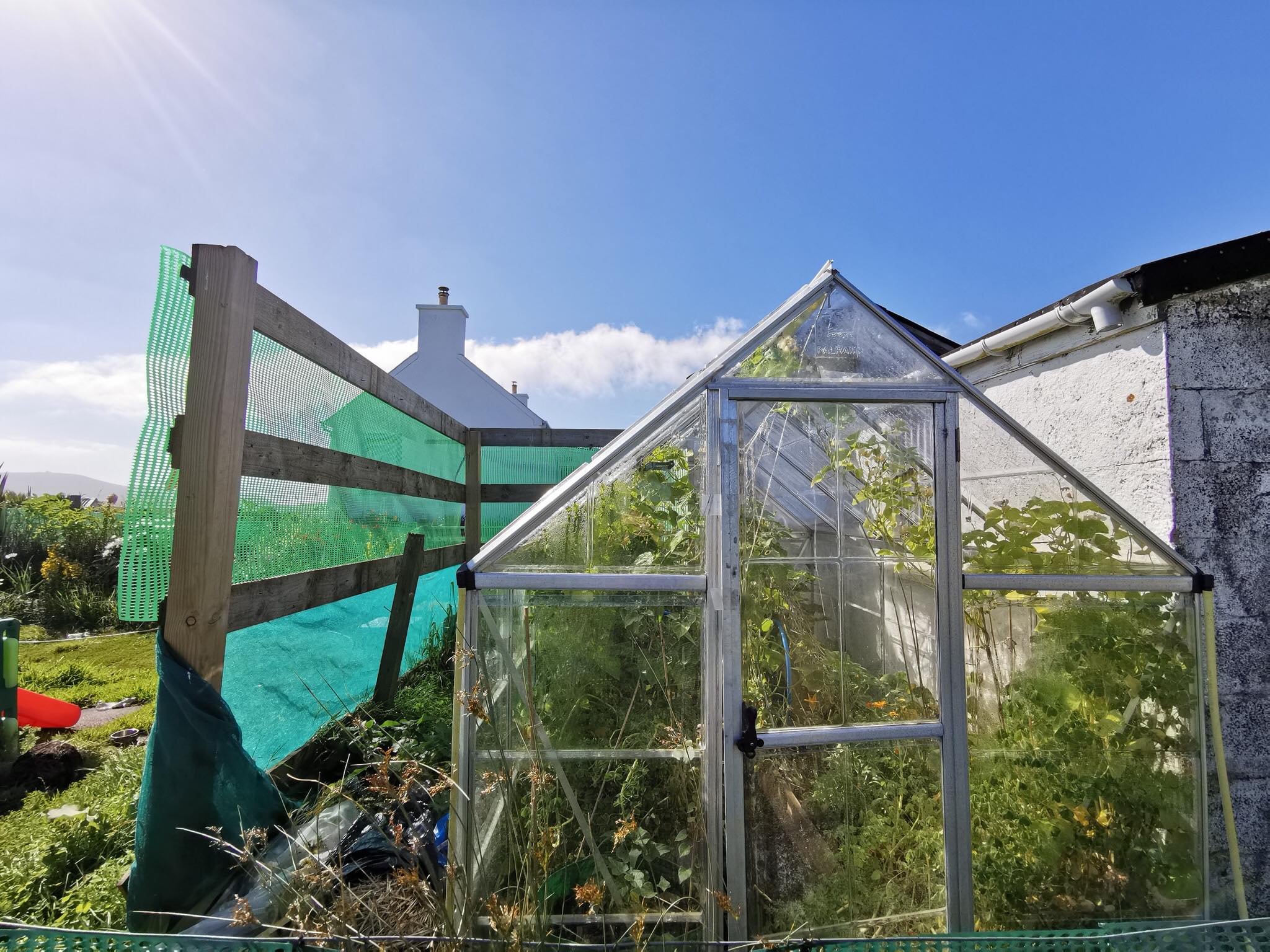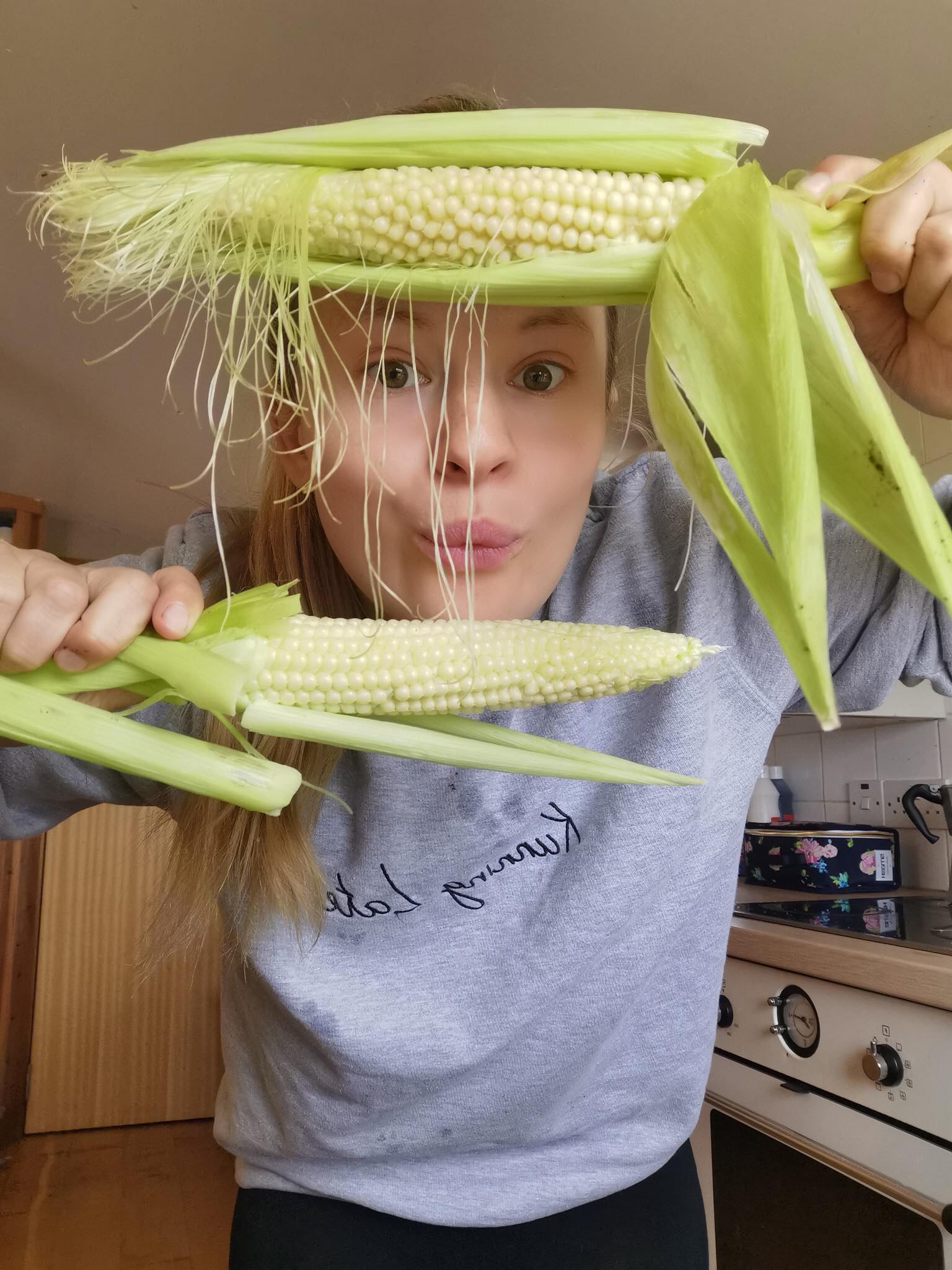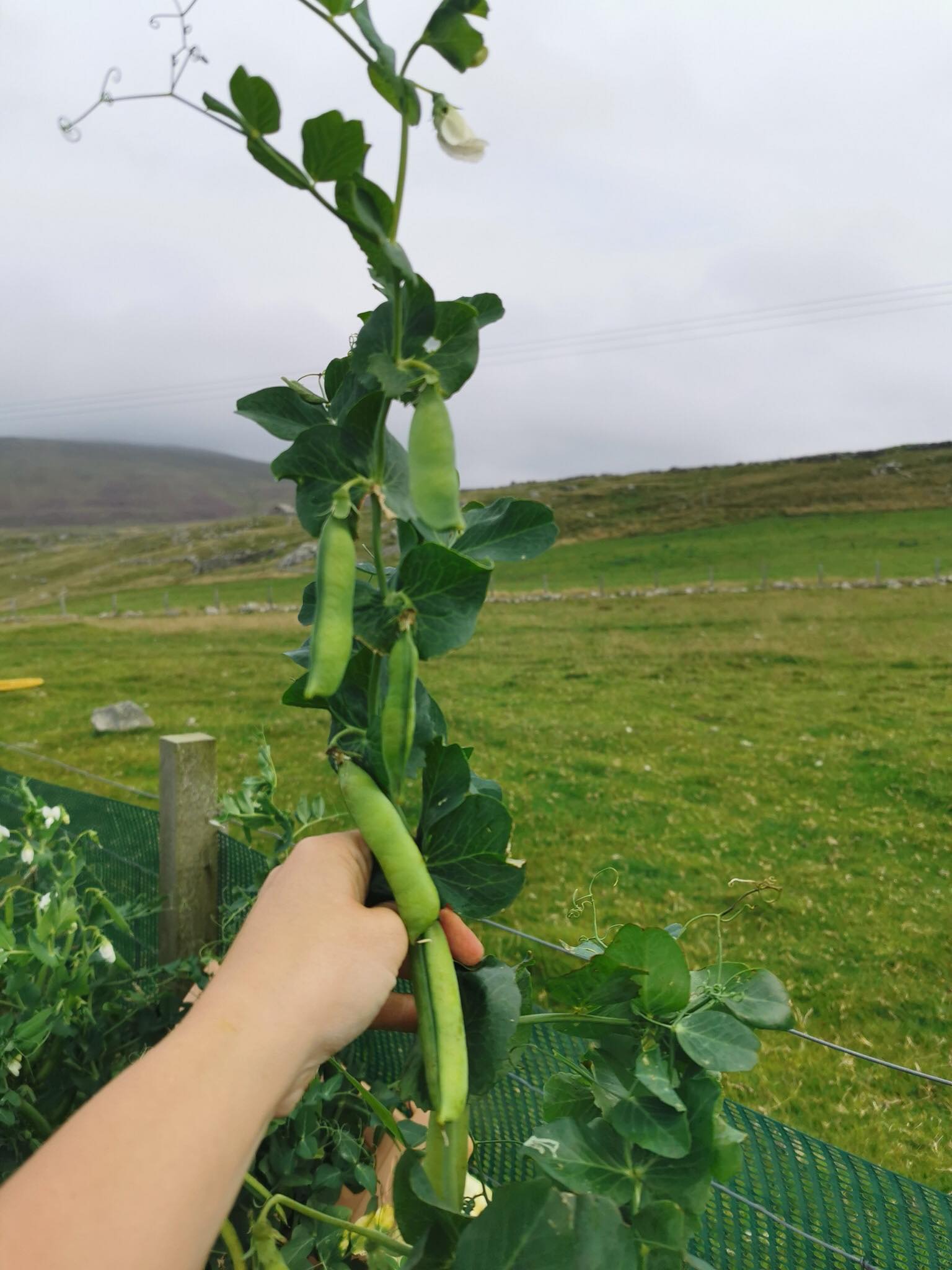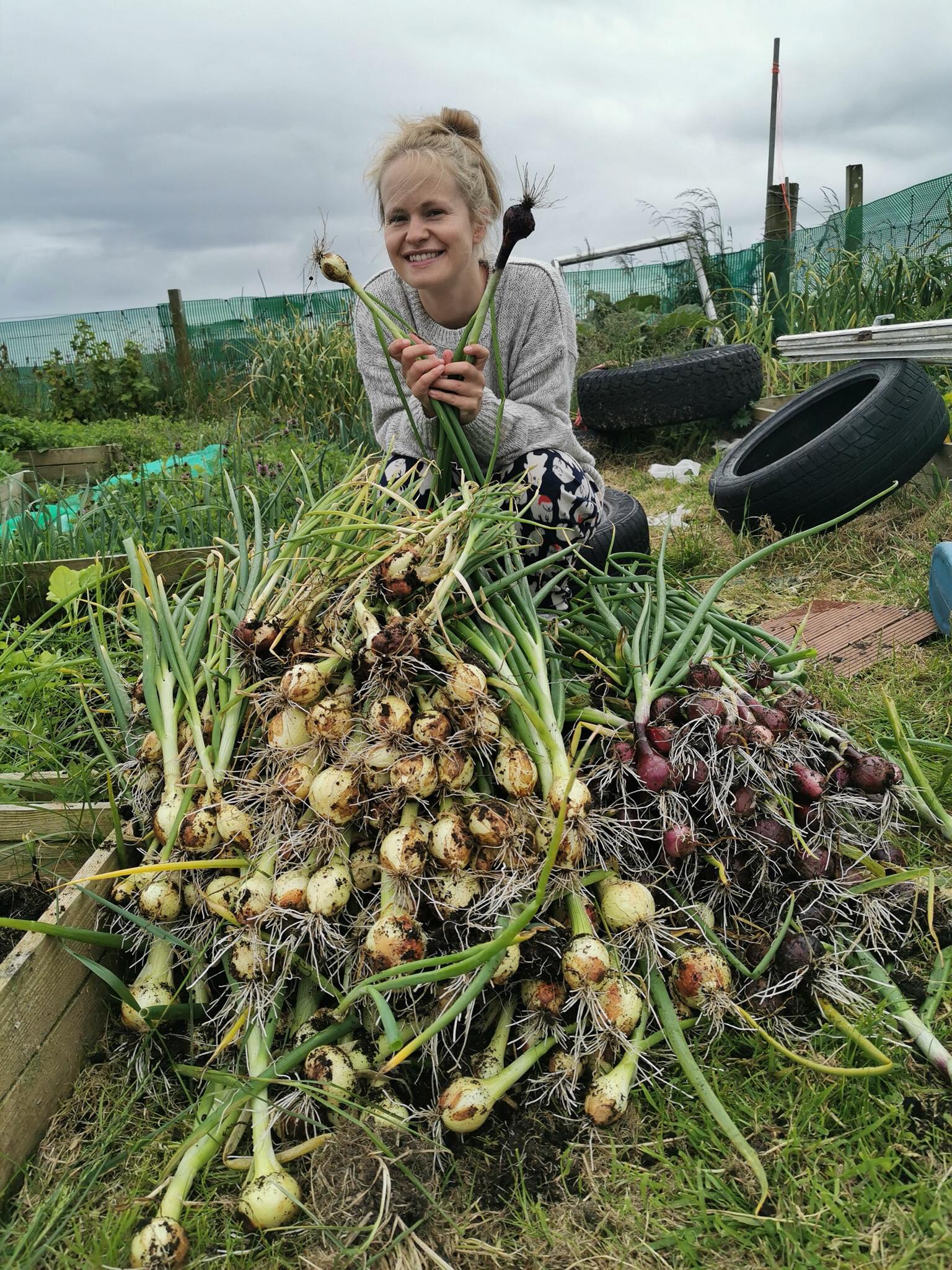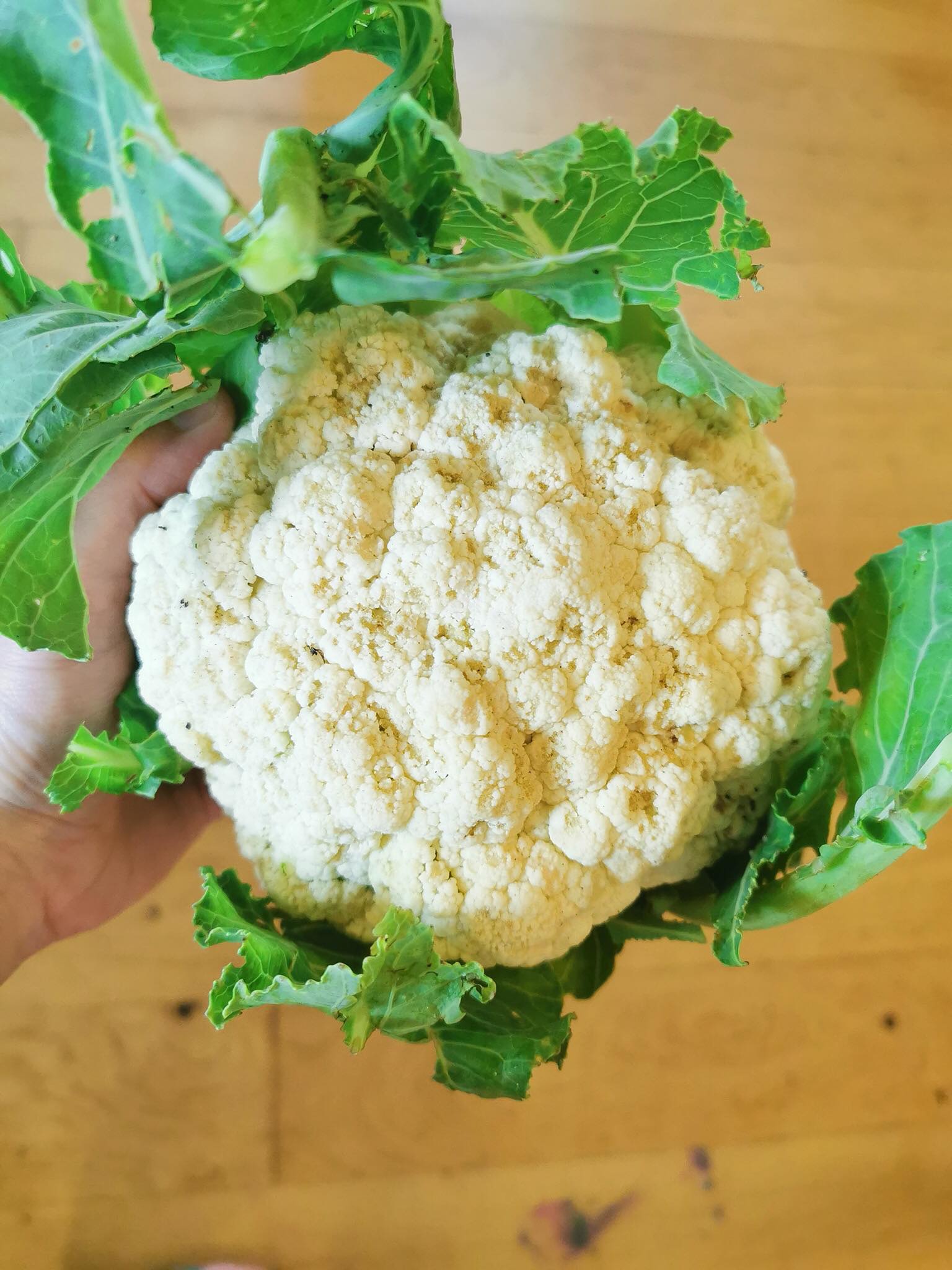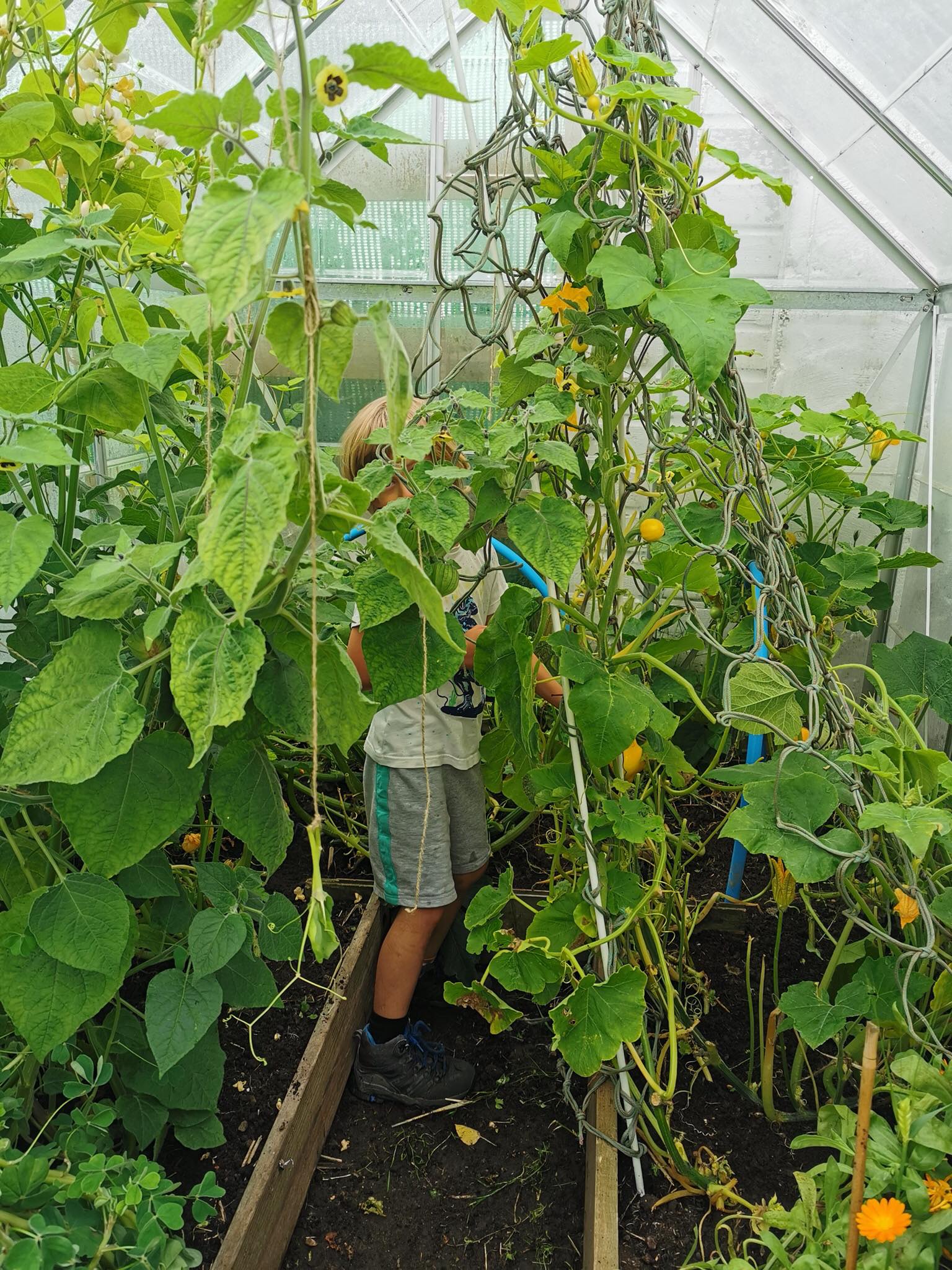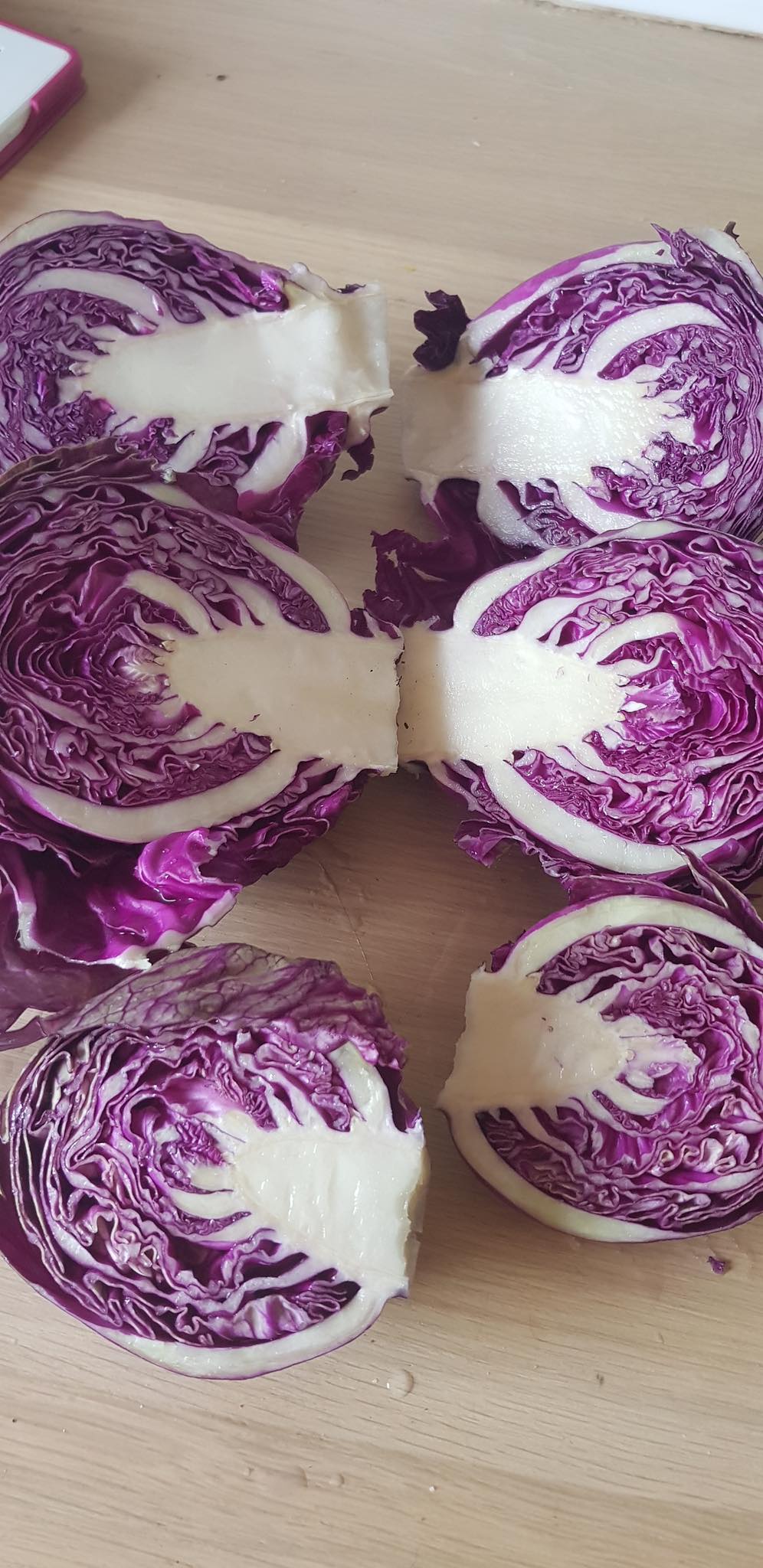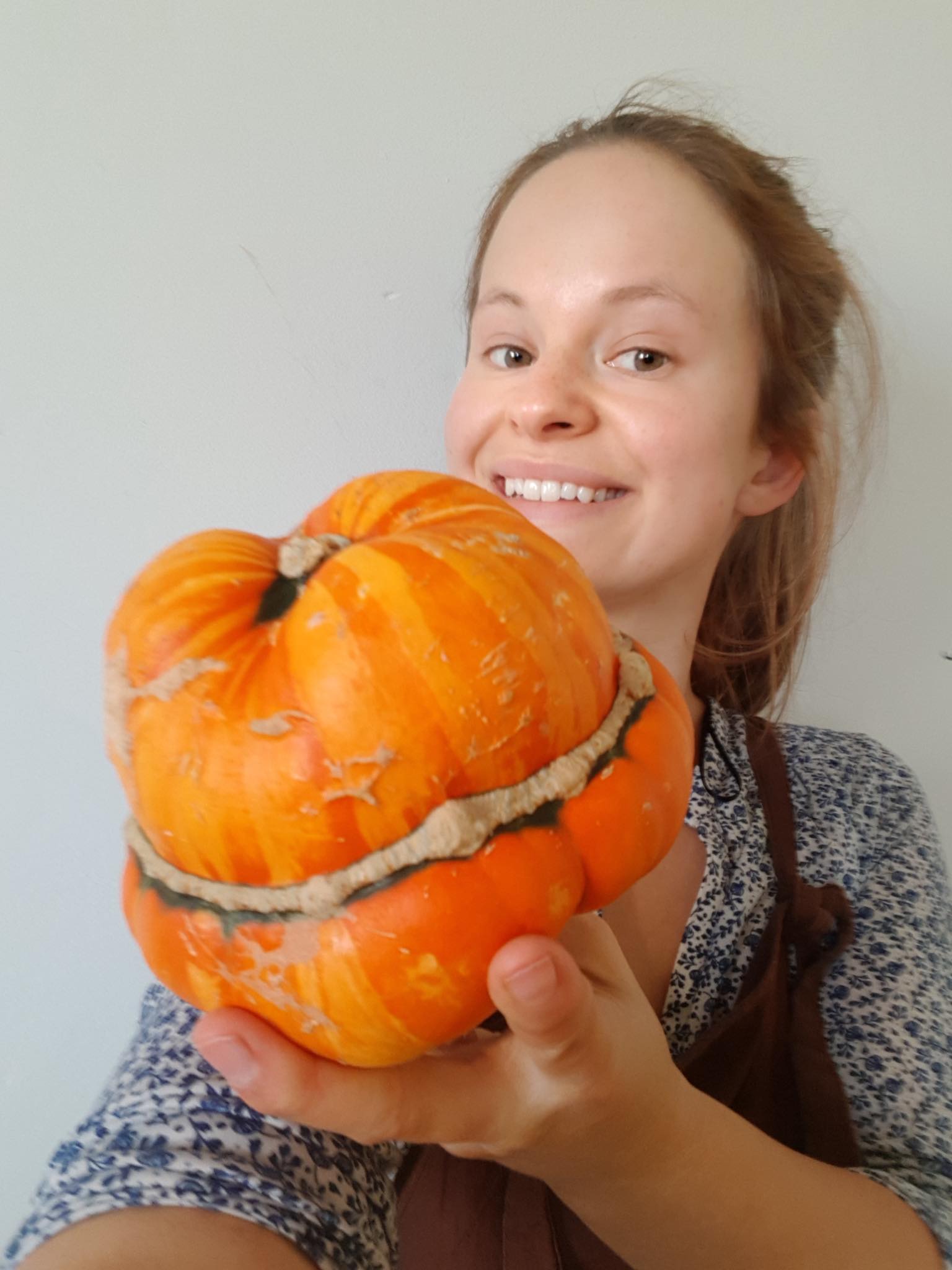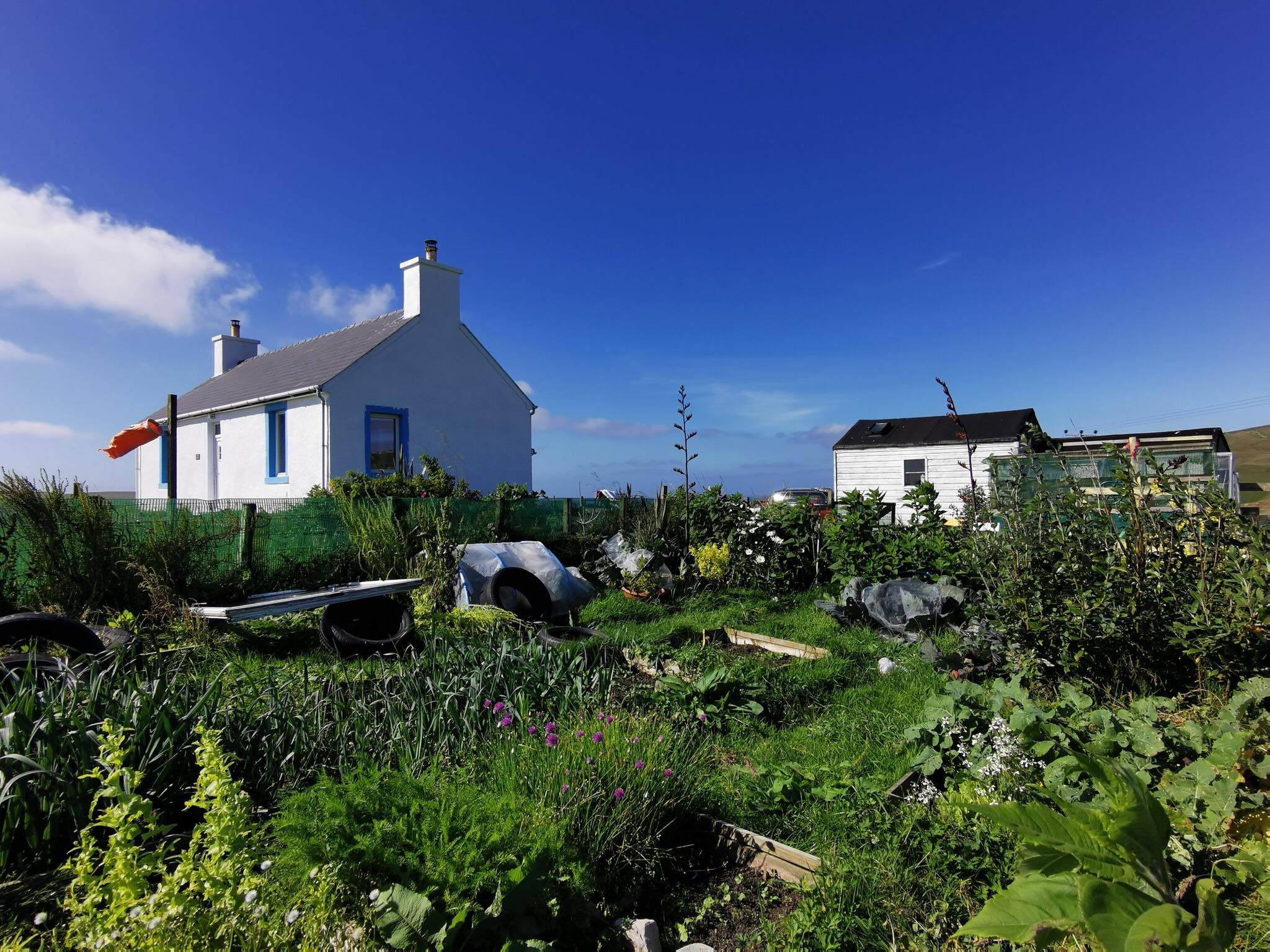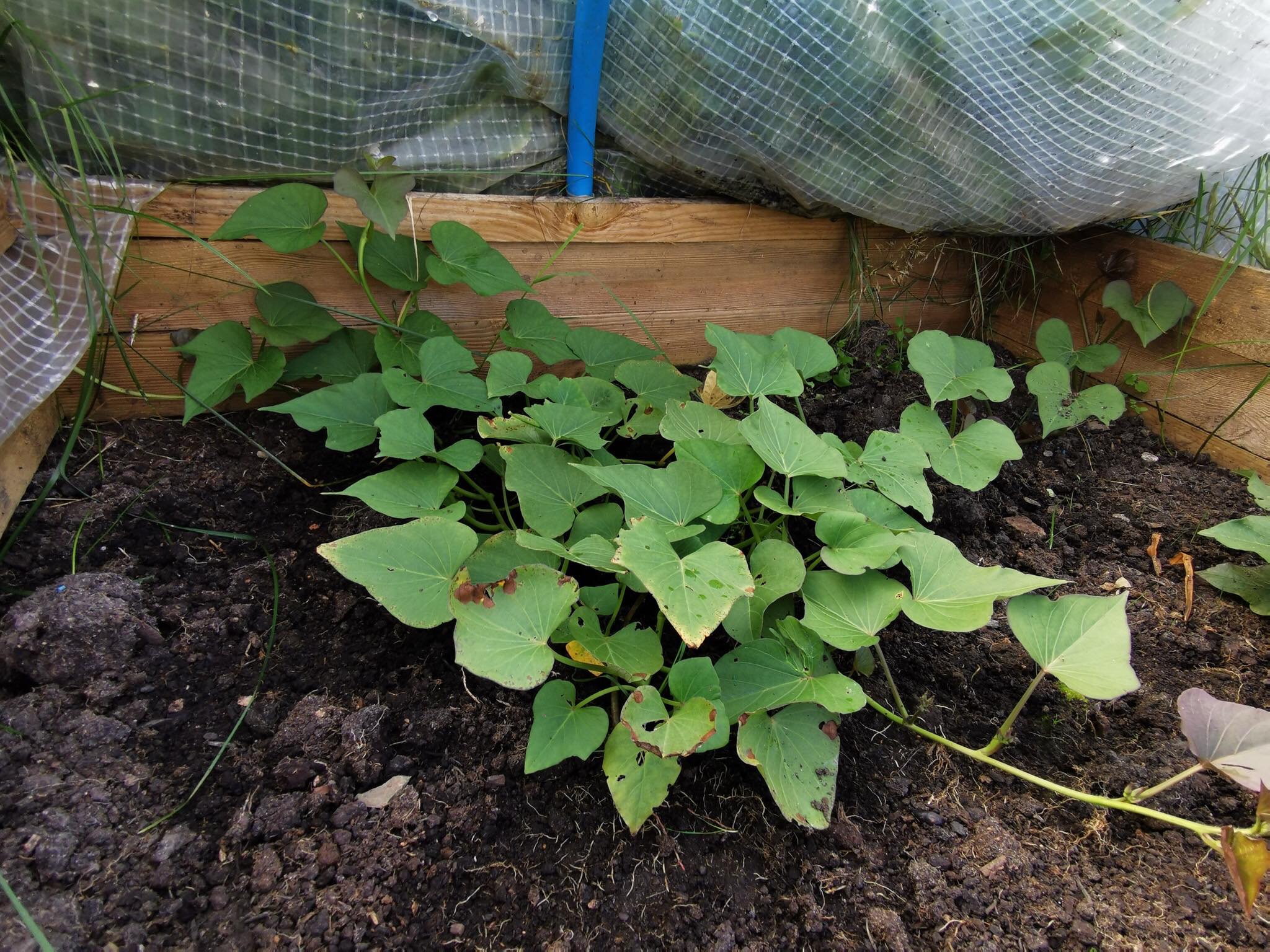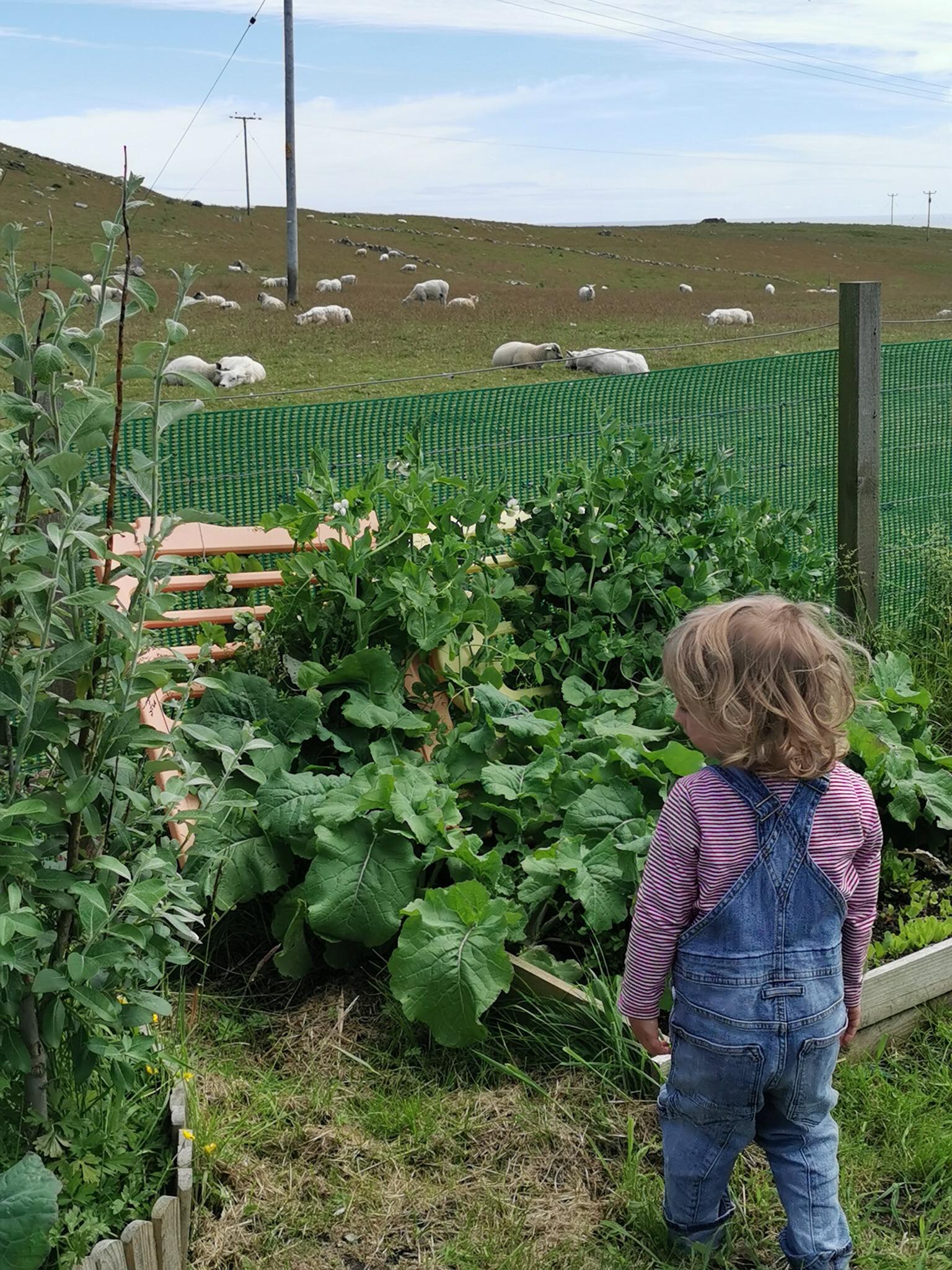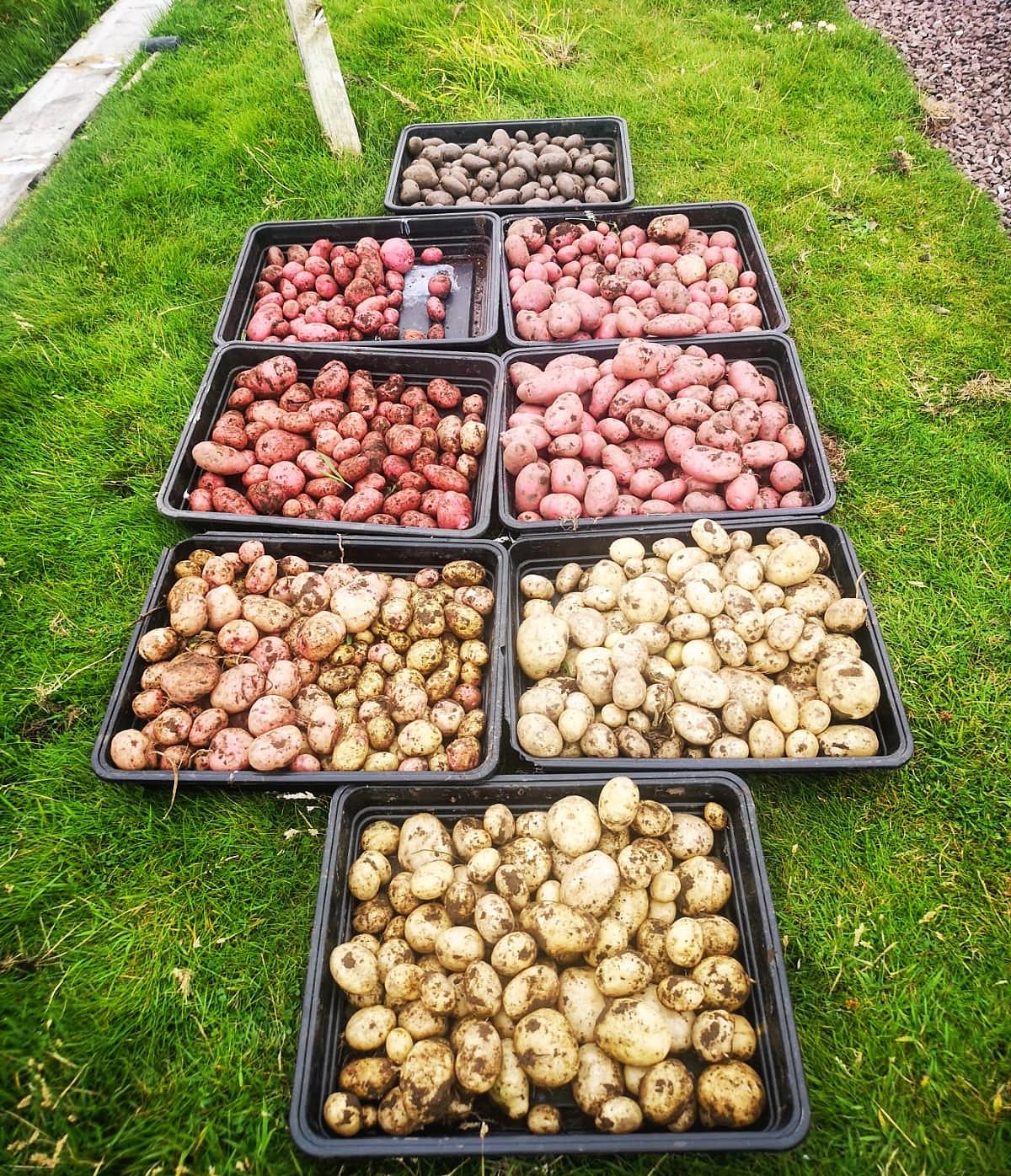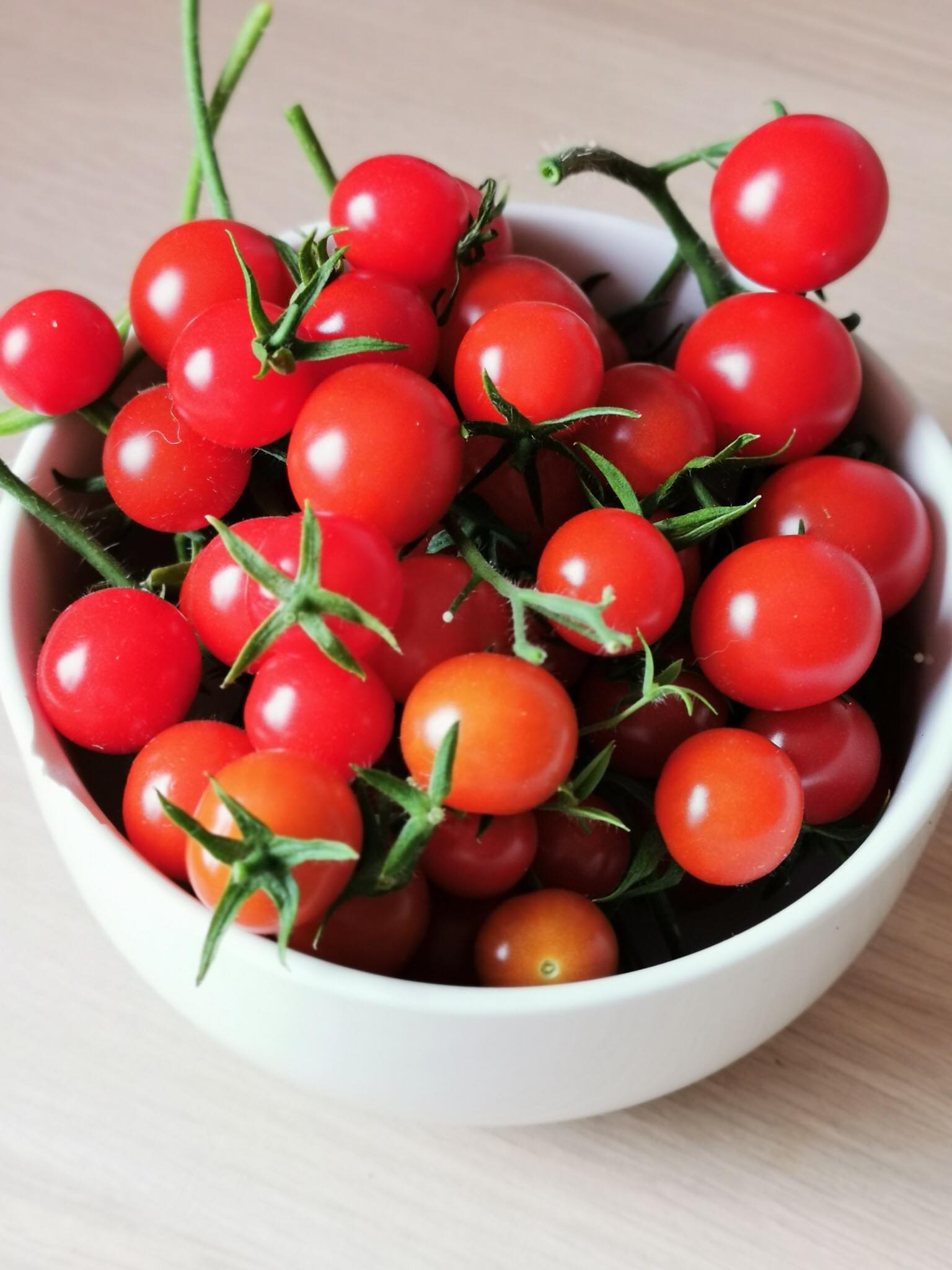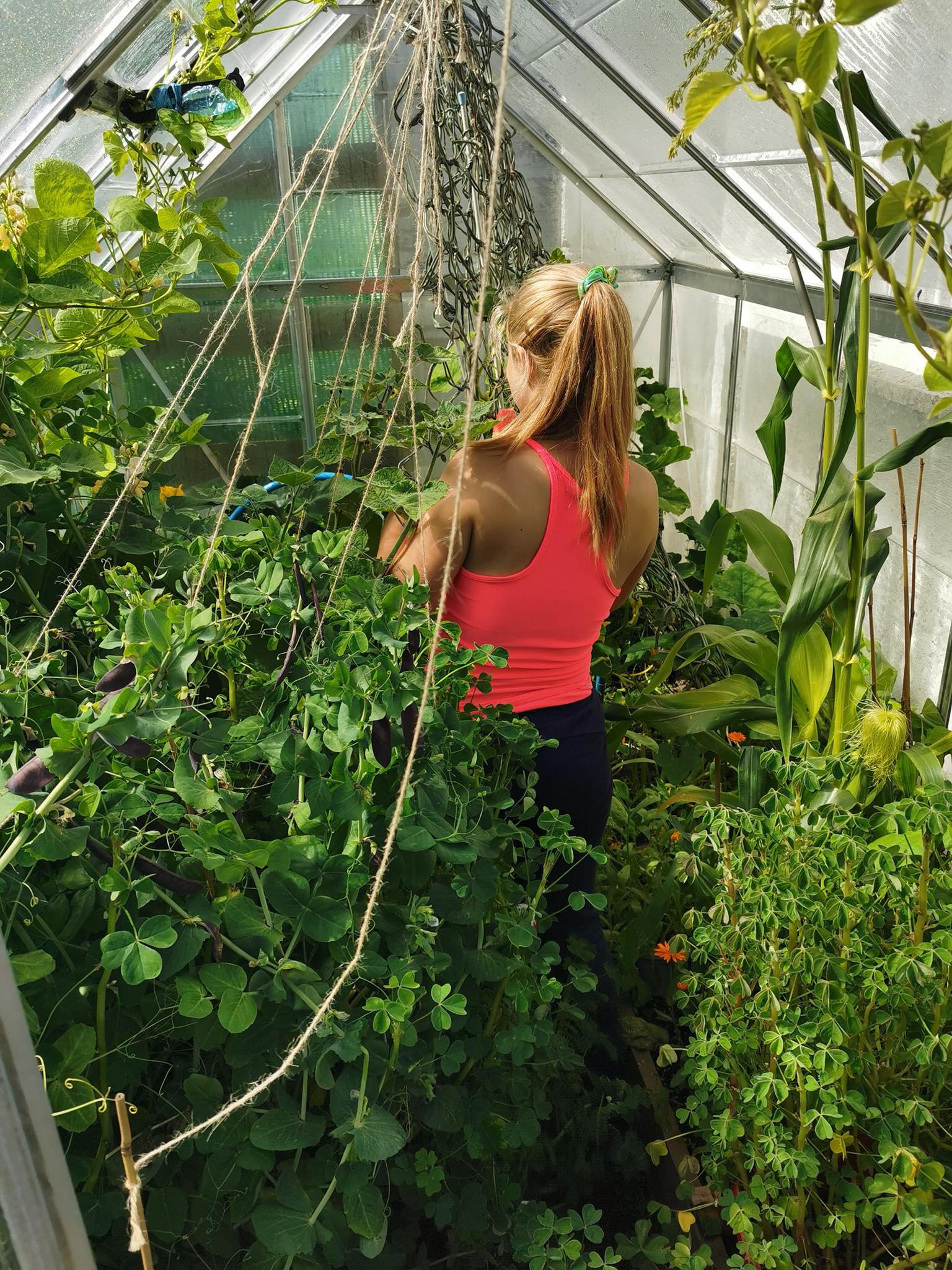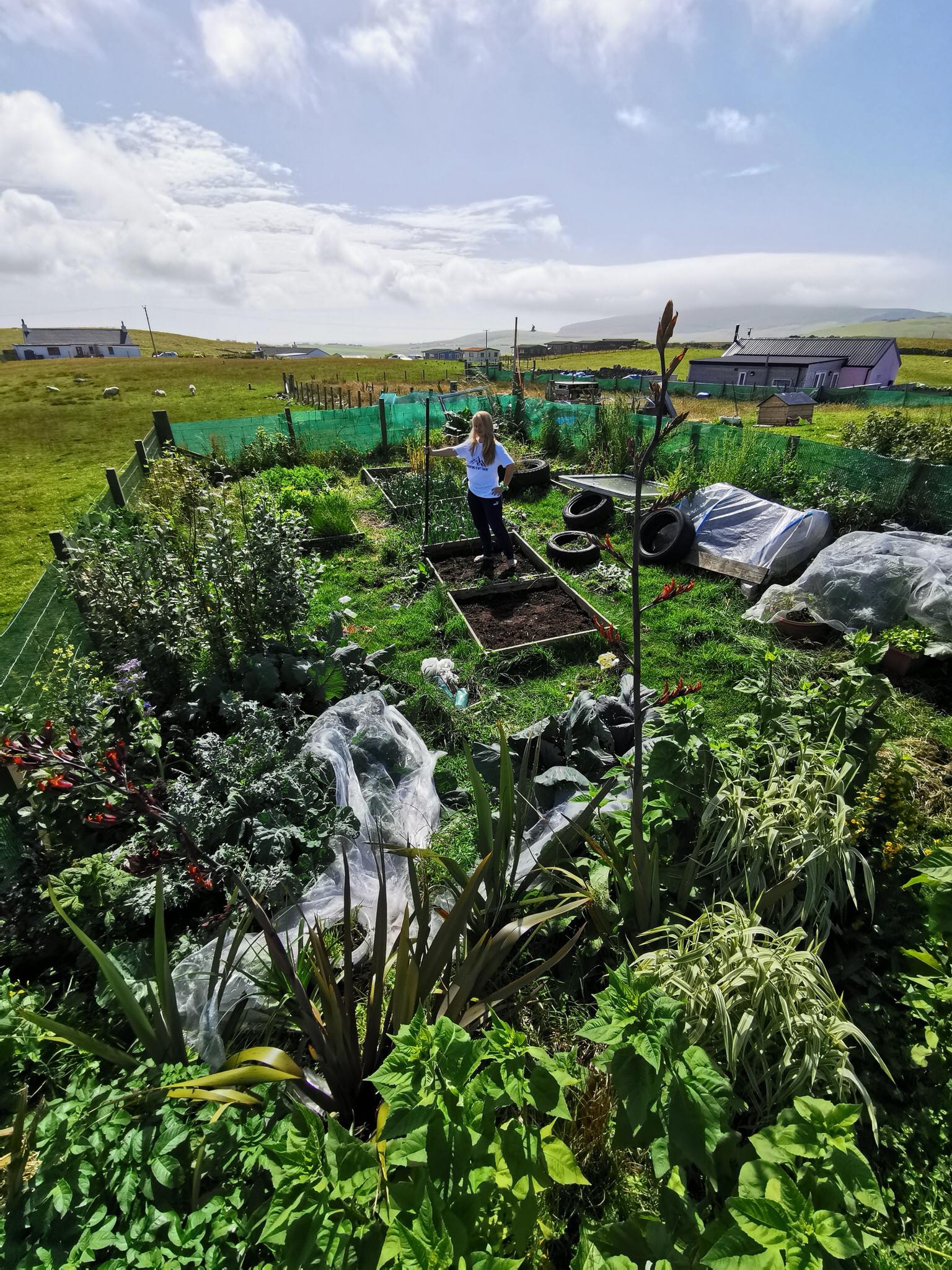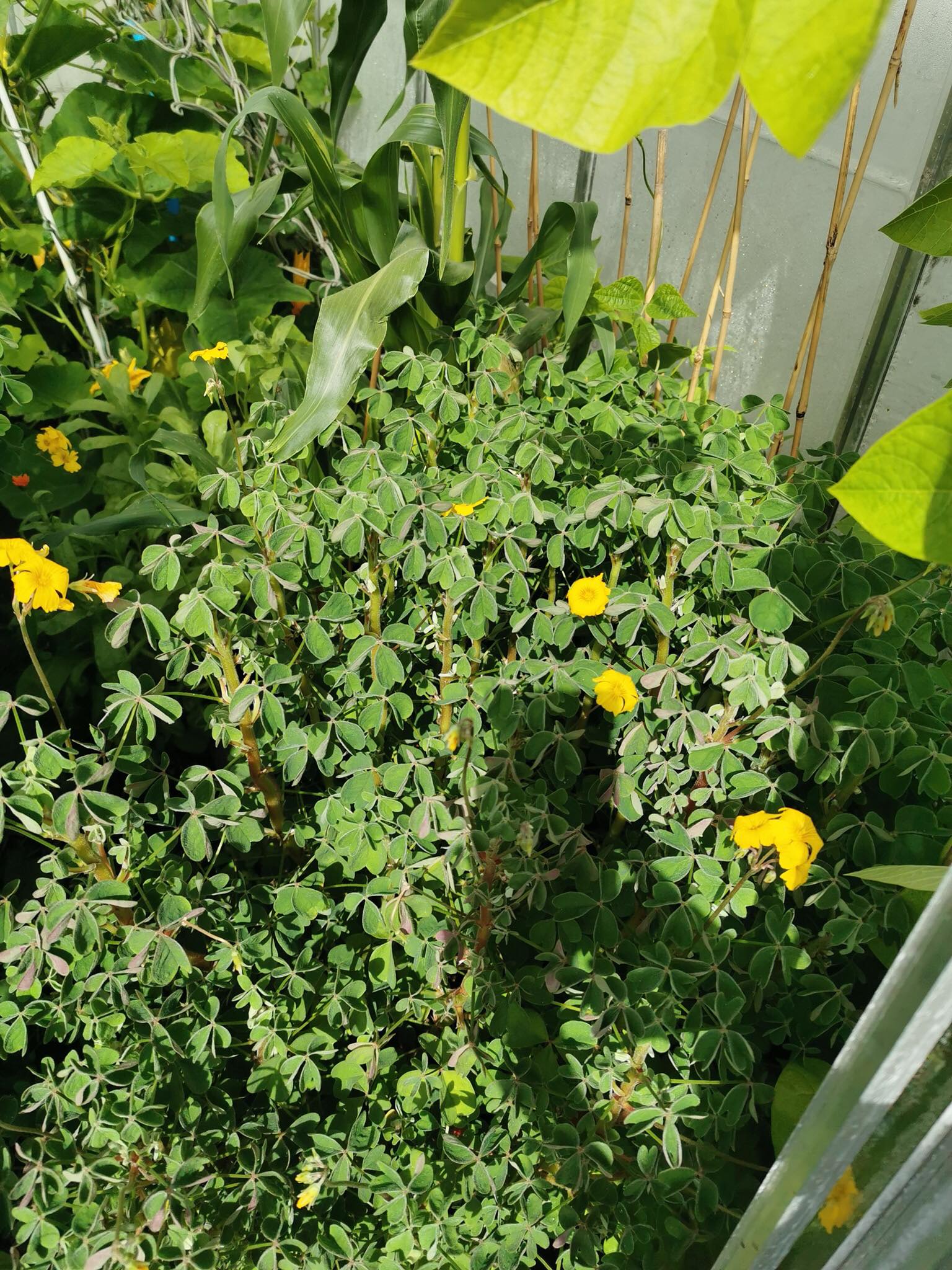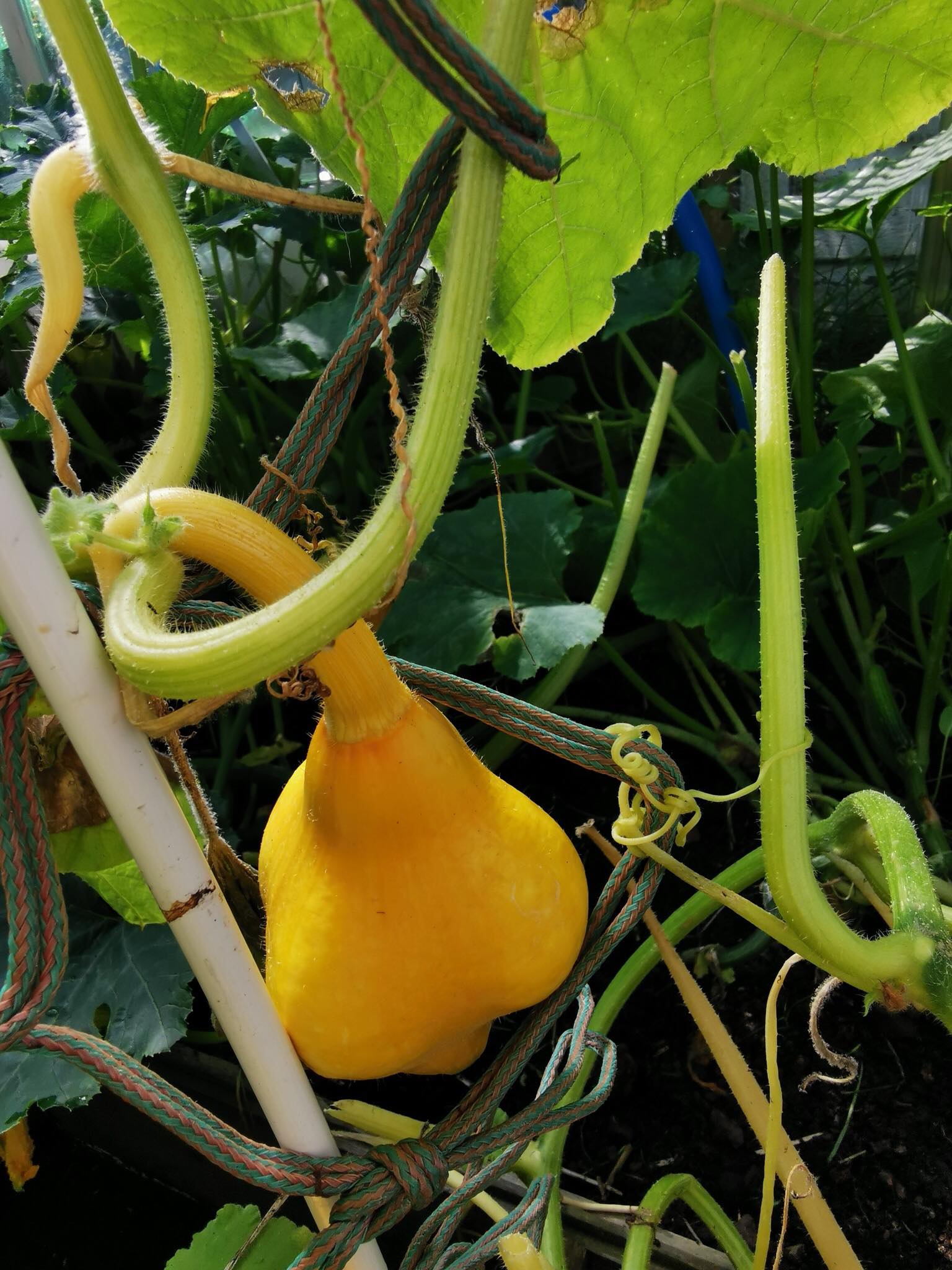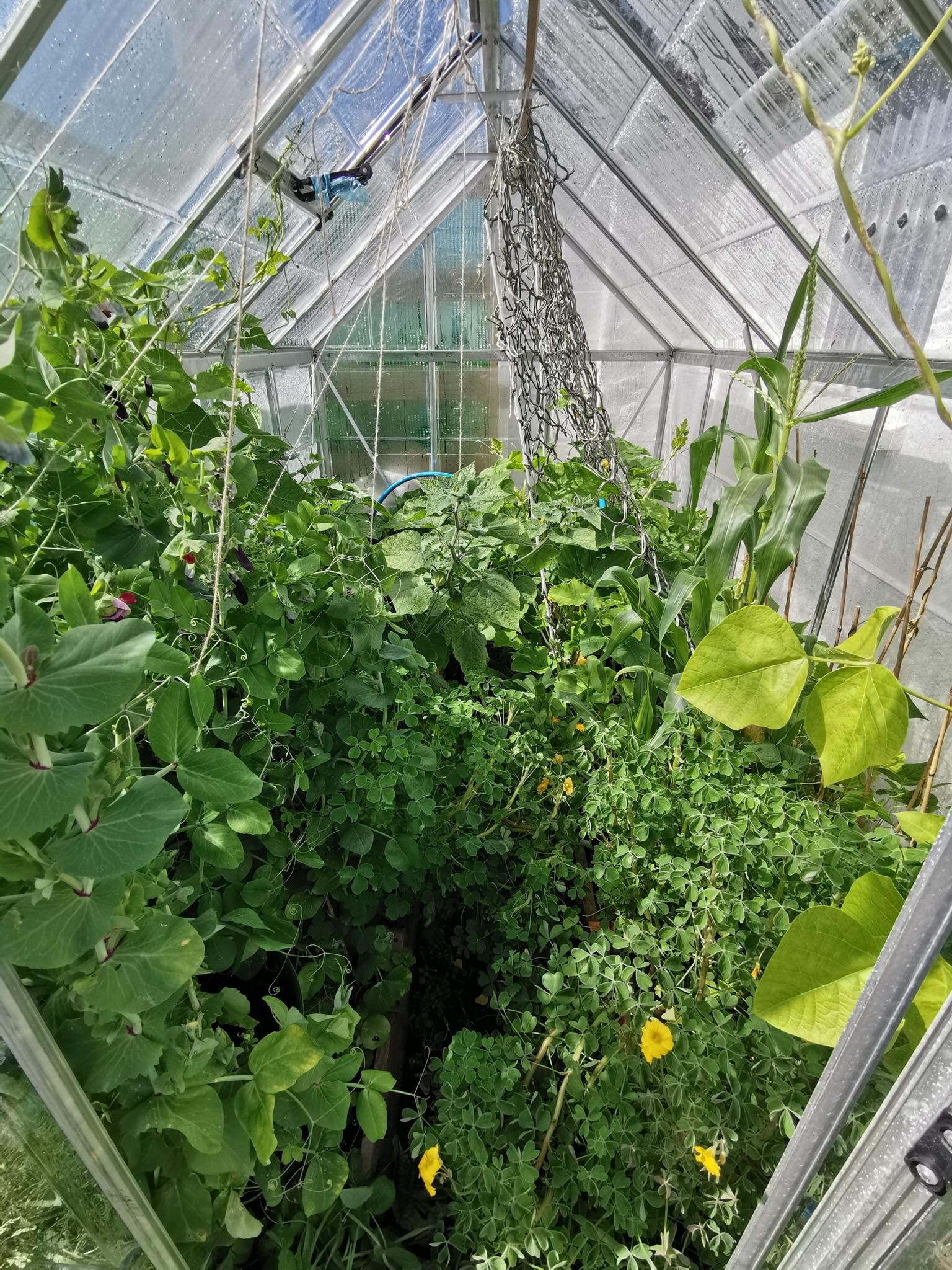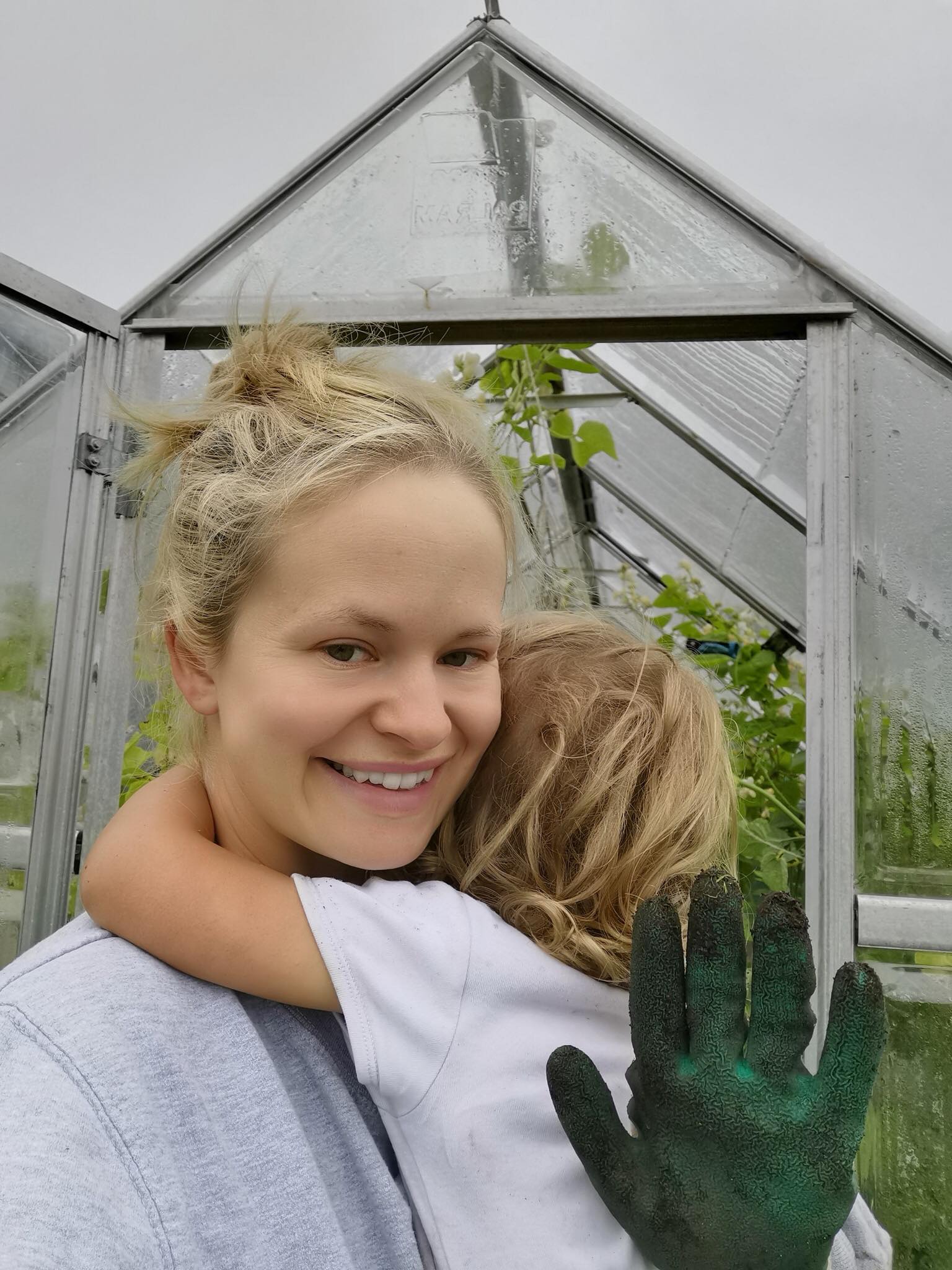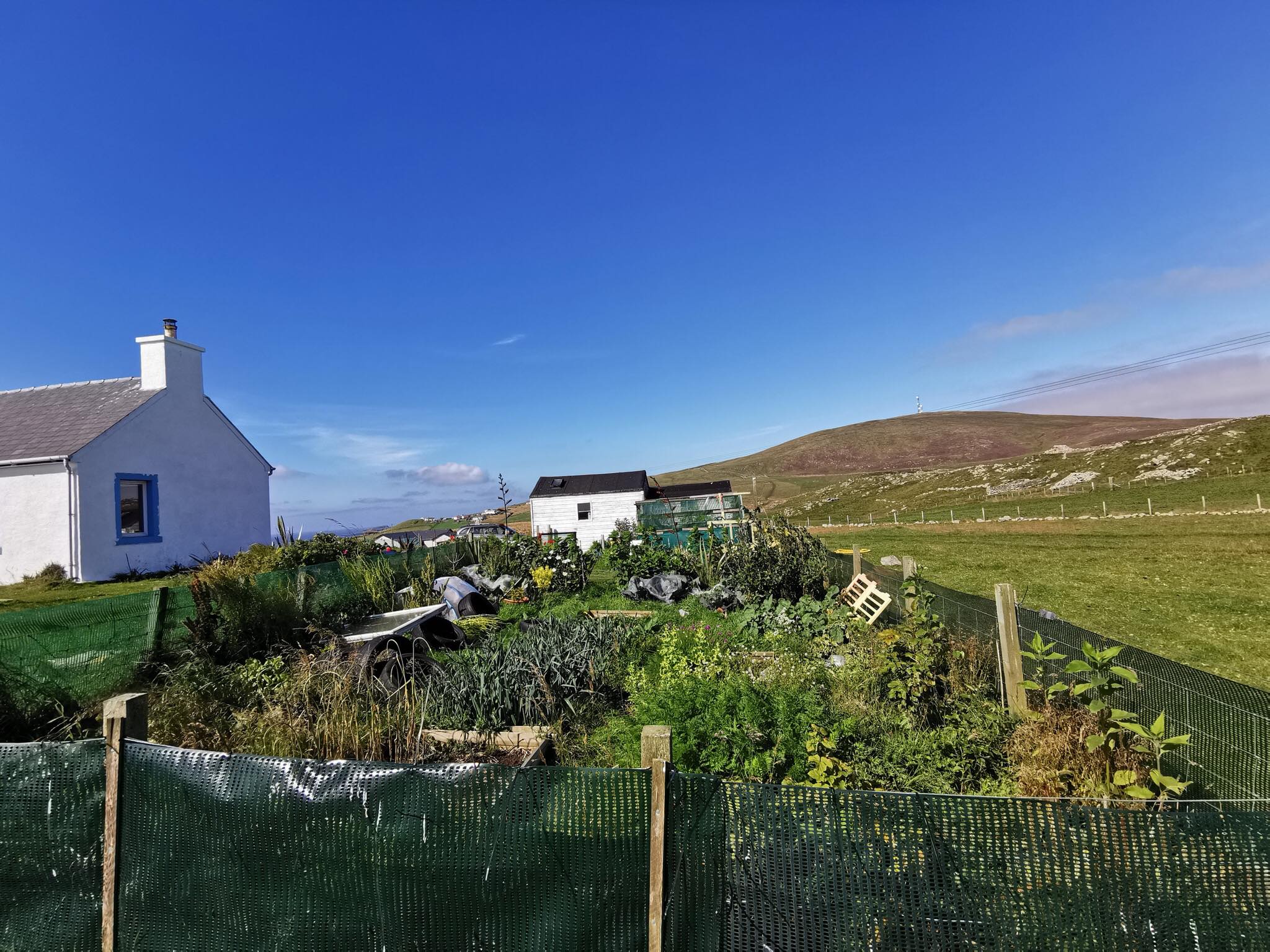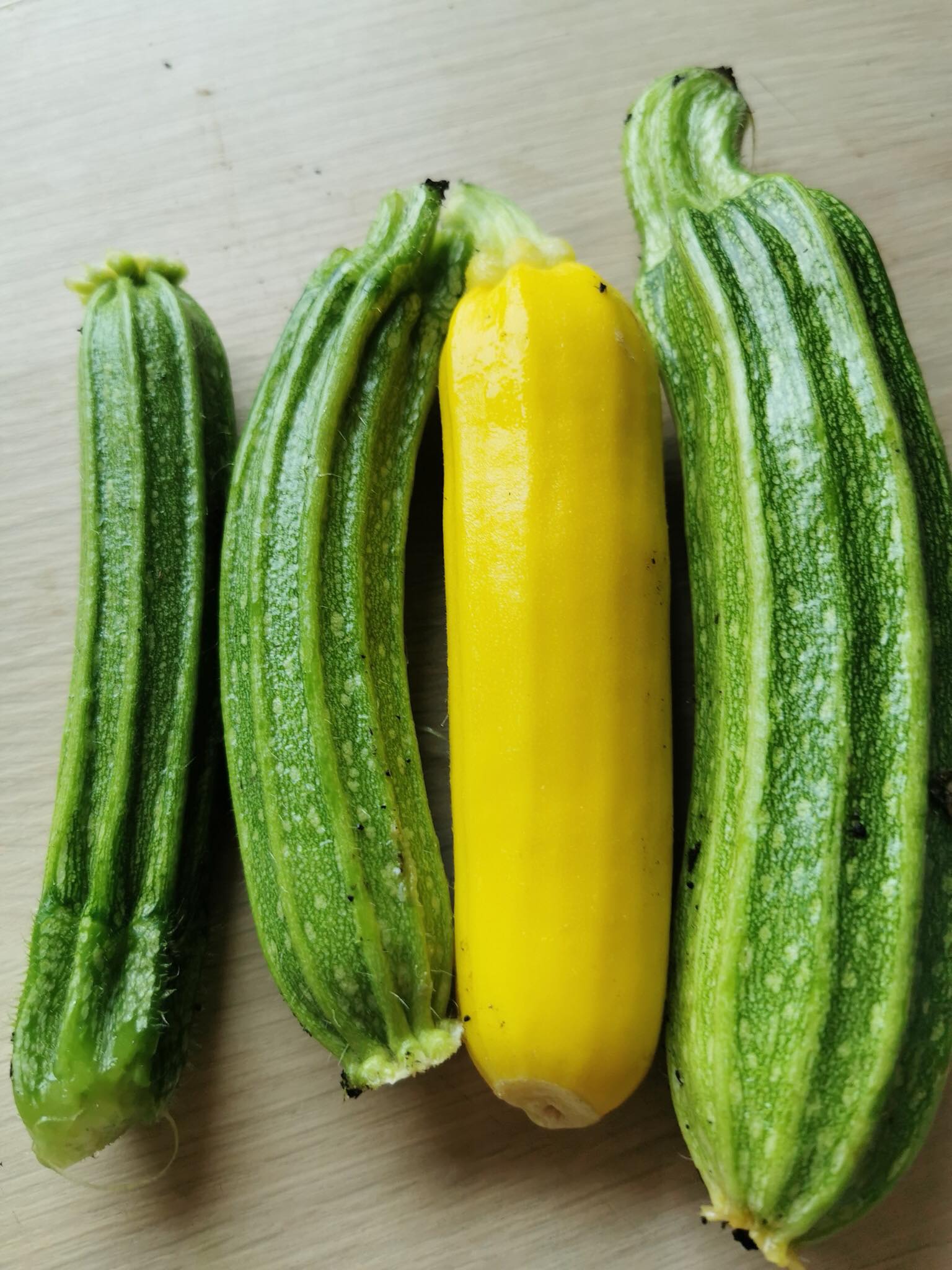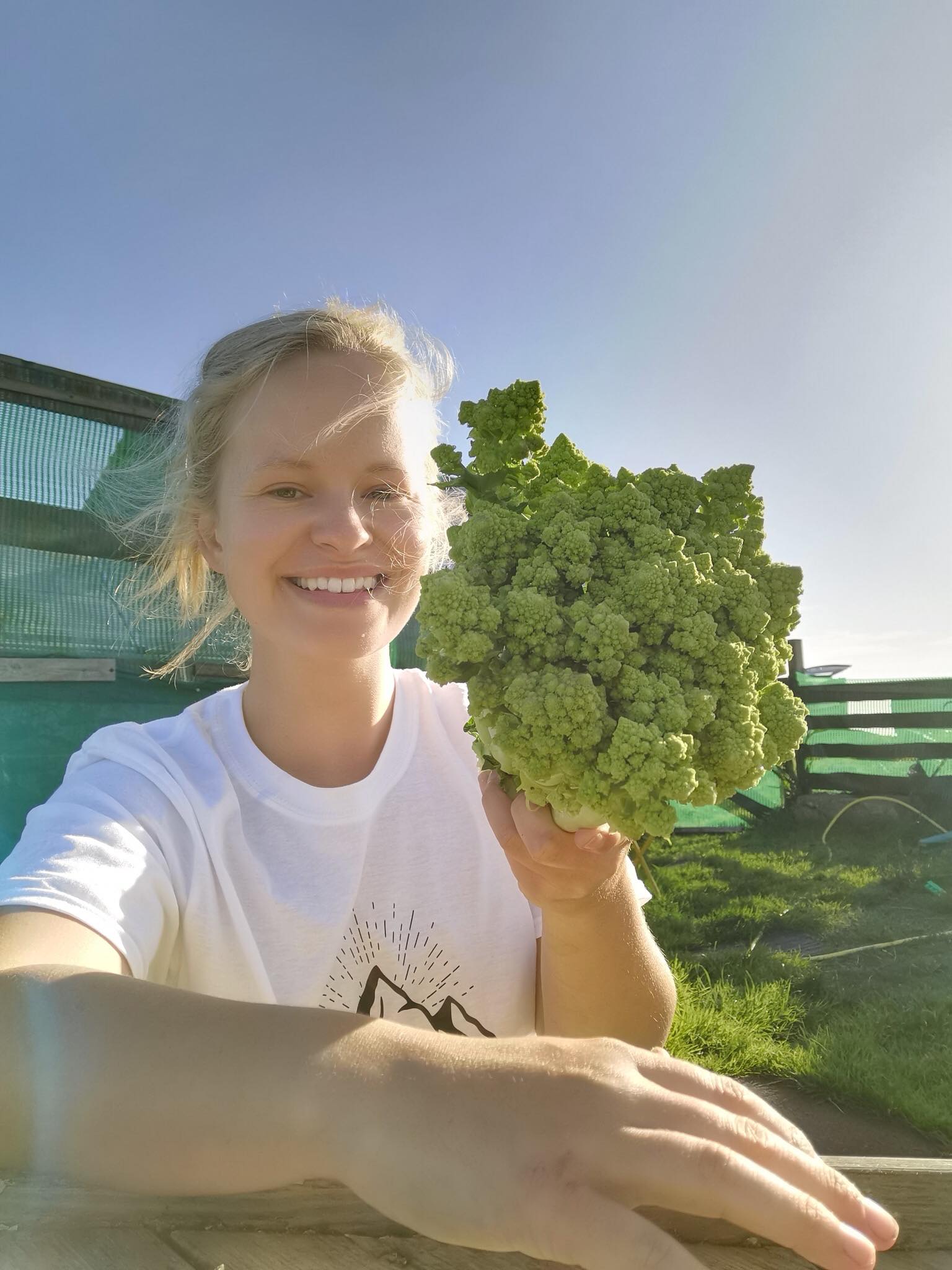
Meet Cairi from Shetland Islands, Scotland
“I am a mother, soap maker and passionate vegetable gardener, living on a remote Scottish Island in the North sea, closer to Norway than London.
I started to think about the huge carbon footprint of our food, living on an island most of our food is shipped up by freight boat. Food security is important to me, sometimes when a storm is due or the boat is late our supermarkets are emptied! So having my own supply of food grown, stored and fermented was an ambition of mine. I had no experience growing anything until february 2019, then I went hard at it and grew everything I could, learning on the job about soil nutrition and the importance of seed saving.
I wanted to grow vegetables for my children, so they could have the most nutrient dense food possible. I also wanted them to try a variety of vegetables, not just the bland options in the supermarket. We planted kohlrabi, various types of pumpkin and romanesco cauliflowers, none of which is available in the shop. I also grow food to reduce our shopping bill, as living on an island we have no options of shopping around for the best price.
My indoor growing space is a 60 square feet greenhouse, a raised bed area of 12 raised beds and a large potato patch. Space is valuable inside the greenhouse as that’s where I grow all my exciting, warm weather loving vegetables. I use the height as much as possible and grow vertical pumpkins and have rope attached to the roof for the runner beans and support for the peruviana pysalis. I fit in a few courgettes plants and I grow Oca in tubs. I also grow a few early varieties of corn, finding they are smaller so can fit in the greenhouse better than the bigger ones. Outside I have a cold frame over a raised bed with sweet potato in it, and in the raised beds I fill them with leeks, cauliflowers, carrots, onions, garlic, swedes, peas, broad beans, lettuce, pak choi, daikon, cabbage and lots of kale. Inside the house I have a ginger plant grown from shop bought ginger root, which is thriving in a sunny window. I also grow cherry tomatoes inside the house in pots in early summer, they do really well and are ready nice and early!
I grow organically and follow permaculture methods as best as I can, as I think it’s better for the soil and for our health. I don’t use chemicals and rely on natural ways to manage pests. I top up my raised beds with seaweed in the winter as its bountiful where I live and full of nutrients. I make lazy beds for the potatoes out of layers of seaweed and well rotted manure and the size of the potatoes is something to see! I regularly leave plants to go to seed for the bees, as where I live is mostly grazing land so a mono culture so I try and help them as much as I can buy growing bee friendly plants like borage.
My greatest hurdle is the weather here in Shetland, it is a very windy Island at 60 degrees north latitude. It can be a struggle growing here as the wind is strong year round. I protect my growing area with strong wind netting which helps and also keeps the rabbits out. I had to build a very tall fence to protect my greenhouse as the winter winds can get very strong. I also try and use permaculture principles for wind protection by growing tall plants. Trees don’t grow well here in Shetland, they take a very long time. So I prioritize fast growing hardy plants like flax for wind defence and jerusalem artichokes this summer have made a handy boundary. The growing season is short here, as we get snow regularly in May. And the summer is generally cool, average 13 degrees celcius during the day.
I enjoy just nipping out the garden to get fresh vegetables that I know are organic and not shipped from a long way away. I love trying exotic varieties that we just can’t get in the shops up here. My children love picking food for me and helping me sow seeds. They tend to eat a lot more vegetables now and it must be because it tastes so much better!
My instagram account has inspired a few folk to grow more themselves, as they have seen how easy it is and what actually grows here. It’s not just the classic scottish vegetables of swedes, potatoes and carrots. We can grow so much more with a bit of protection from the weather.
I would like people who live in a cold climate to know that we can grow vegetables too. So many UK gardening accounts on social media are from the south of England where the climate is normally at least 10 degrees hotter than here in the summer. I would like to let all Scottish gardeners know that we can grow exactly the same with a bit of thinking outside the box. If I can grow it this far north then everyone can.”
Instagram https://instagram.com/cairigrows?igshid=1o2a5xnv1apxu
